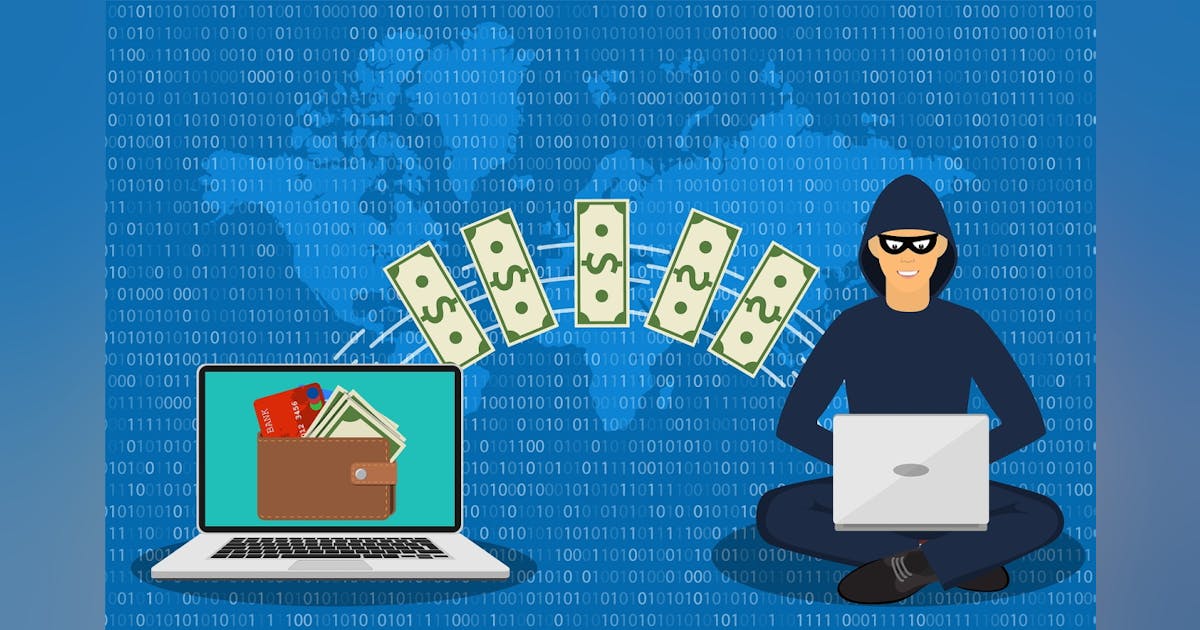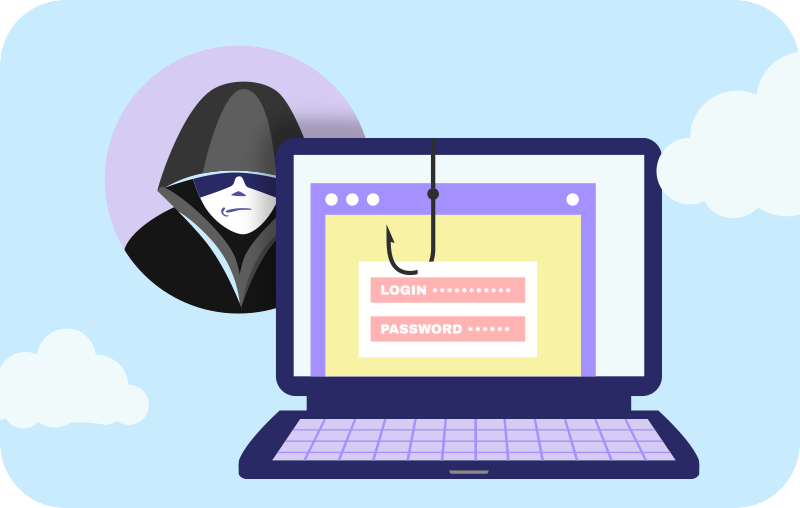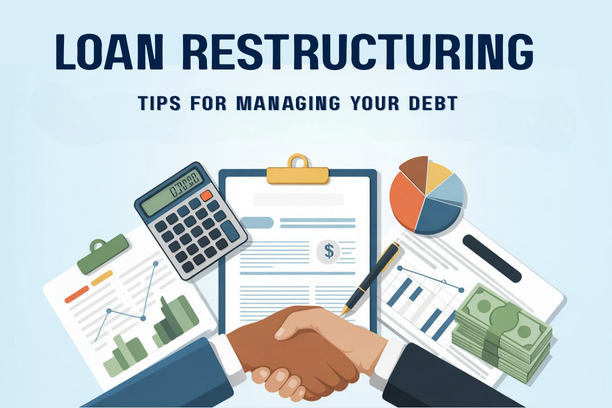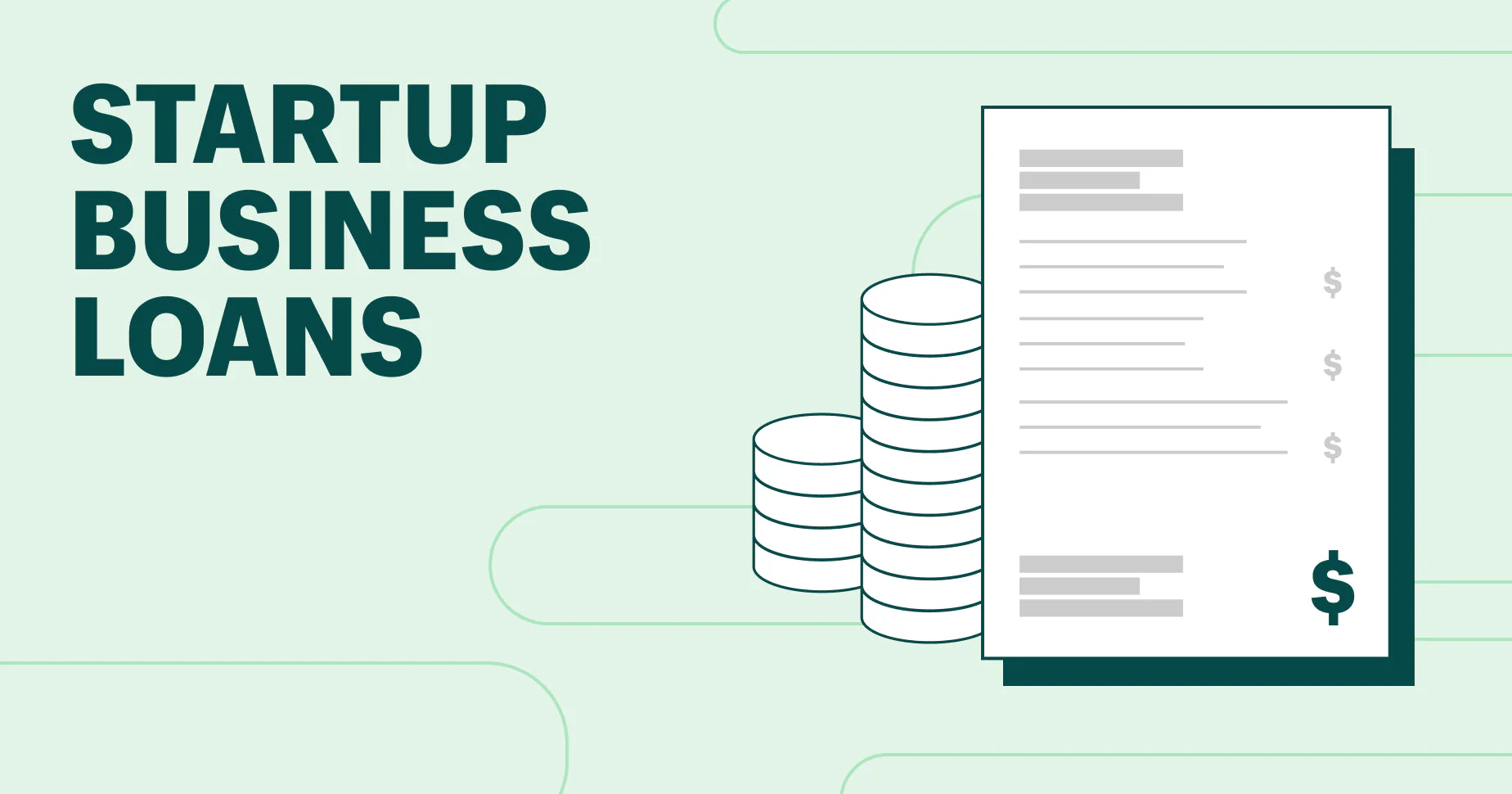The convenience of online lending has made it a popular option for Filipinos in need of quick cash. With just a few taps on a smartphone, a borrower can get a loan without the hassle of a traditional bank application. However, this digital convenience has also given rise to a dark side: online loan scams. Fraudulent lenders and predatory apps are a major threat, preying on vulnerable individuals with promises of easy money, only to trap them in a cycle of debt, harassment, and privacy violations. This article is a critical guide to protecting yourself, teaching you how to spot the warning signs, verify a lender’s legitimacy, and understand what steps to take if you are ever targeted by a fraudulent scheme in the Philippines.
The Rise of Online Loan Scams and Their Modus Operandi
Understanding how scammers operate is the first and most effective line of defense. By knowing their tactics, you can identify a fraudulent lender before you fall victim to their traps.
Common Types of Fraudulent Lending Schemes
Fraudulent online lenders in the Philippines often use a variety of deceptive schemes to trick borrowers. While their methods can vary, they all share a common goal: to extract as much money as possible from their victims, often through illegal and unethical means.
- Upfront Payment Scams: This is one of the most common online loan scams. The scammer will contact a desperate borrower and promise them a large loan with a low-interest rate. They will then ask for an “upfront fee” or “processing fee” to be paid before the loan is disbursed. Once the borrower pays, the scammer disappears, and the loan is never released.
- Aggressive and Abusive Collection Tactics: This scam often comes from illegal lending apps. They will approve a loan with an extremely high, undisclosed interest rate. When the borrower inevitably falls behind on payments, the lender will resort to aggressive and illegal collection tactics, including public shaming on social media, threats of violence, and harassment of the borrower’s friends and family by accessing their phone contacts.
- Identity Theft and Phishing: Fraudulent apps and websites are often designed to look like legitimate lenders. They ask for personal and financial information, including a government-issued ID, to process a fake loan application. The scammer then uses this information to steal the borrower’s identity, open fraudulent accounts, or sell their data on the black market.
- Hidden Fees and Exorbitant Interest: Some seemingly legitimate apps will approve a loan but deduct a large “processing fee” from the principal, and then charge an incredibly high, often illegal, interest rate on the remaining amount. This is a common online loan scam that traps borrowers in a debt cycle, as they are often unaware of the true cost of their loan until it’s too late.
Why Borrowers are Vulnerable to These Scams
Borrowers, particularly those who are low-income or in a desperate financial situation, are the primary targets of these scams. The appeal of a quick, no-hassle loan is a powerful motivator. Many borrowers may not have access to traditional credit from banks and are therefore willing to overlook red flags in their search for a solution. The lack of financial literacy and a limited understanding of lending regulations also contribute to this vulnerability.

Scammers also exploit a lack of awareness about data privacy. Many borrowers are unaware that when they give a lending app permission to access their phone’s contact list, photos, and messages, they are giving the scammers the tools to blackmail and harass them in the future. The promise of “no collateral” and “no documents” is a powerful lure, but as we discussed in the previous article, this is a major red flag that points to an unregulated and illegal operation. It’s a sad reality that those who need a loan the most are often the ones who fall victim to the most dangerous schemes.
A Proactive Guide to Avoiding Scams
The best way to protect yourself from online loan scams is to be proactive and informed. By knowing what to look for and how to verify a lender’s legitimacy, you can make a safe and responsible choice.
The Ultimate Red Flags of a Fraudulent Lender
Spotting a fake lender is not as difficult as it seems. There are several key red flags that you should always look out for when considering an online loan.
- No SEC Registration: The most important red flag is a lack of SEC registration. All legitimate lending and financing companies in the Philippines must be registered with the SEC.
- Unrealistic Promises: Be wary of lenders who promise a loan without any documents or credit checks. No legitimate lender will ever do this.
- Upfront Fees: A legitimate lender will never ask for an upfront payment before disbursing the loan. Any request for a “processing fee” or “membership fee” before you receive the money is a clear sign of a scam.
- Aggressive Marketing: Scammers often use aggressive and urgent language in their advertisements to pressure borrowers into making a quick decision without thinking.
- Poorly Designed Website or App: A fraudulent app or website will often have grammatical errors, broken links, or a generic design.
- Request for Too Much Data: Be cautious of apps that request access to all the data on your phone, including your contacts, photos, and social media accounts. This is a major privacy risk.
How to Verify a Lender’s Legitimacy
Verifying a lender’s legitimacy is a simple but crucial step in protecting yourself from online loan scams.
- Check the SEC List: The SEC maintains an official list of all registered lending and financing companies in the Philippines. Before you even fill out an application, go to the SEC website and check if the company is on the list.
- Verify the Company’s Details: Once you have confirmed that the company is on the SEC list, verify their contact information, physical address, and company name.
- Read Online Reviews: Look for reviews of the company on social media, app stores, and financial forums. While reviews can be biased, a pattern of complaints about hidden fees or harassment is a major red flag.
- Check for a Physical Address: A legitimate lender will have a verifiable physical address. You can use Google Maps or other tools to confirm that the address actually exists and belongs to the company.
Following these steps will help you weed out a vast majority of the scammers and ensure you are only dealing with a legitimate lender.
Protecting Your Data and What to Do if You Are a Victim
Even with the best precautions, some individuals may still fall victim to a scam. Knowing how to protect your data and what to do after a scam is just as important as prevention.

The Dangers of Unverified Apps and Data Privacy Risks
When you download a lending app from an unknown source or one that is not on the SEC’s list, you are not just getting a loan; you are also putting your personal data at risk. These apps are often designed to steal your information, including your contacts, photos, and messages. This data is then used as leverage for their illegal collection tactics. The scammers will threaten to send embarrassing photos to your friends and family or expose your debt publicly. The best way to prevent this is to only download apps from the official Google Play Store or Apple App Store and to ensure the app is from a legitimate, SEC-registered company.
Steps to Take After Being Targeted by a Scam
If you have been a victim of an online loan scam, it is crucial to take immediate action to protect yourself and others.
- Stop Communicating: Block the scammer’s phone number and social media accounts. Do not engage with their threats or pay any more money.
- Report the Scam: File a report with the SEC, the National Bureau of Investigation (NBI), and your local police. Provide them with all the evidence you have, including screenshots of messages and the name of the company.
- Warn Others: Post a warning on social media and other platforms to alert others about the scam.
- Protect Your Data: Change all your passwords and be vigilant for any fraudulent activity on your bank accounts. You can also report the app to Google or Apple to get it removed from their stores.
By taking these steps, you not only protect yourself but also help prevent others from falling victim to the same scam.
Conclusion
The rise of online loan scams in the Philippines is a serious issue that requires a vigilant and informed approach. The promise of easy money can be a trap, but by learning to spot the red flags of a fraudulent lender, verifying their SEC registration, and understanding the risks, you can protect your financial health and your privacy. Always remember to prioritize safety over speed and to only deal with legitimate, trustworthy lenders.













